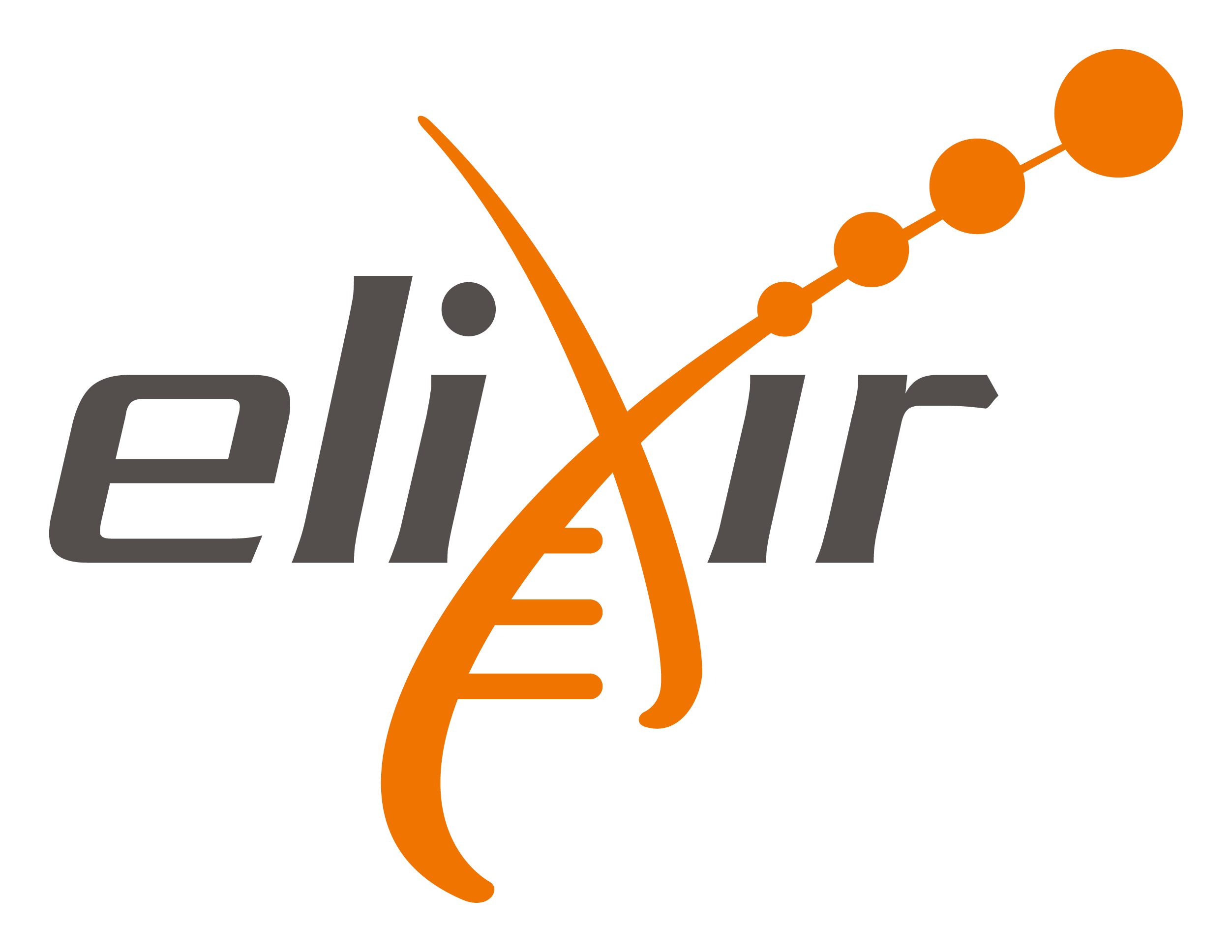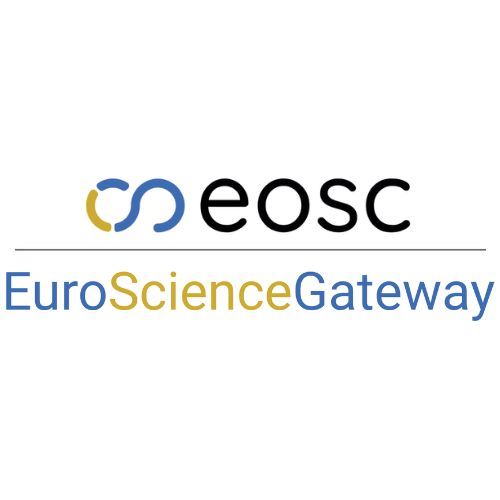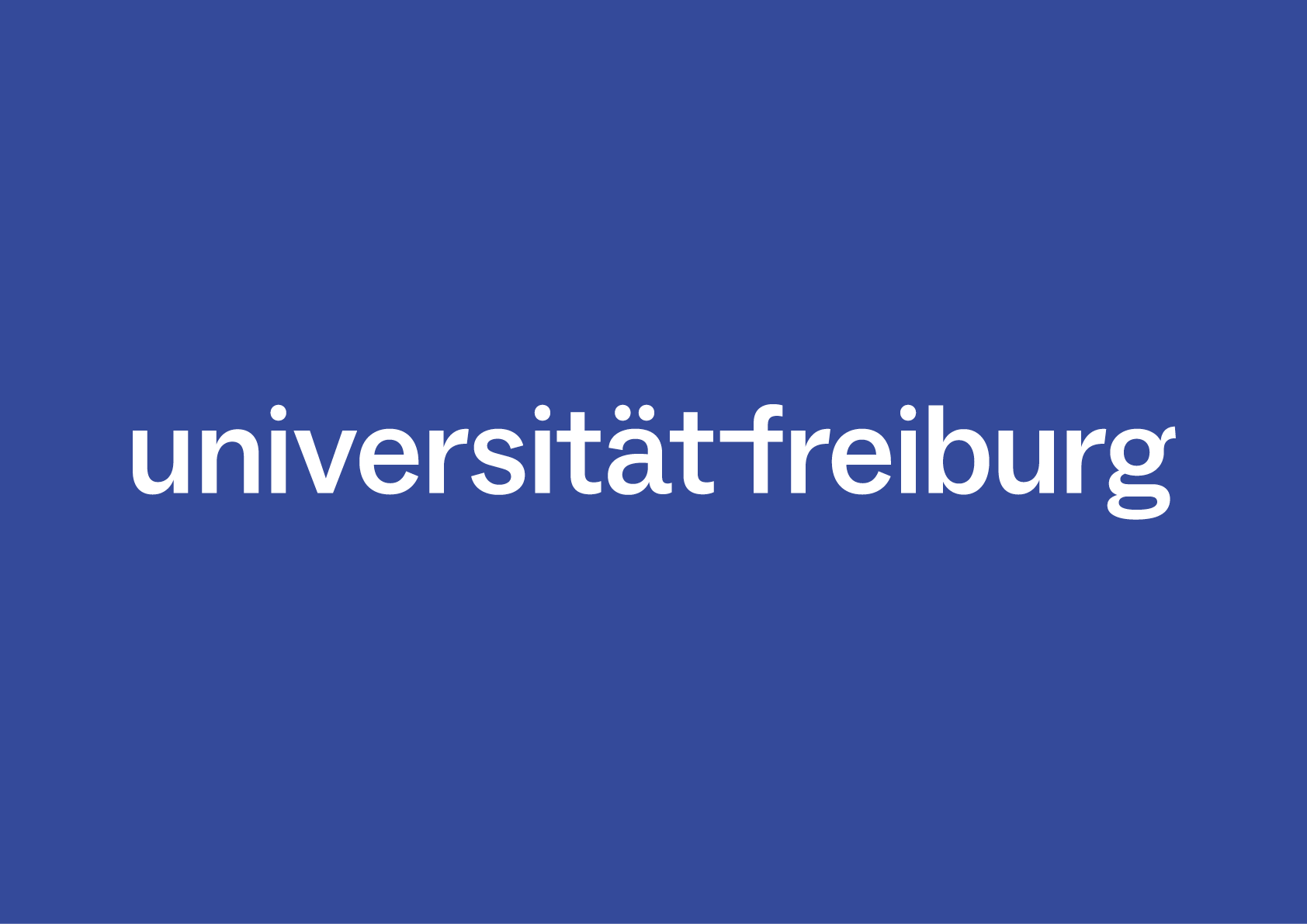Empowering Wet Lab Scientists with NGS Analysis Skills Without Coding Barriers
Teaching NGS to wet lab scientists got a whole lot easier once I discovered TIaaS and the Galaxy platform.
My name is Uwe Schwartz and five years ago, I began teaching Next-Generation Sequencing (NGS) data analysis to wet lab scientists at the University of Regensburg. My primary challenge was finding a platform that would allow me to focus on teaching analytical concepts rather than troubleshooting technical issues. The Galaxy Training Infrastructure as a Service (TIaaS) has been the perfect solution, providing a reliable computing environment that has transformed how I deliver NGS training to beginners.
Bridging the gap between bench and bioinformatics
As someone working with wet lab scientists, I've observed firsthand the challenges they face when transitioning to computational analysis. The steep learning curve of command-line interfaces and programming often creates an intimidating barrier. The course I developed aims to provide an introduction to the Galaxy platform and demonstrate how it can be applied to analyze next-generation sequencing data, specifically designed for beginners with no coding experience.
The beauty of Galaxy lies in its intuitive graphical interface that allows scientists to perform complex analyses through a web browser, making bioinformatics accessible to those without programming skills. However, even with Galaxy's user-friendly interface, running workshops effectively requires reliable infrastructure – and that's where TIaaS has been invaluable.
Why TIaaS has been essential to my teaching?
Over the past five years, TIaaS has consistently provided several advantages that have significantly enhanced my teaching experience:
Dedicated computing resources
The private job queue offered by TIaaS ensures that my students' analysis jobs run preferentially during our training sessions. This eliminates the frustration of long waiting times that can derail a workshop's flow and timing. Even with up to 20 students simultaneously running resource-intensive NGS analyses, the workshops progress smoothly without technical delays.
Focus on content, not infrastructure
With TIaaS, I can concentrate entirely on teaching analytical concepts and workflow design rather than worrying about server maintenance or job scheduling. There's no need to set up, configure, or maintain a Galaxy instance – the European Galaxy team handles all infrastructure concerns. This has allowed me to continuously refine my teaching materials and methods instead of troubleshooting technical issues.
Real-time monitoring of course progress
The TIaaS dashboard has been particularly useful for tracking student progress during workshops. I can see which steps students are executing in real-time, allowing me to identify when someone is falling behind or encountering difficulties.
Seamless integration with Galaxy Training materials (GTN)
My courses leverage the excellent tutorials available from the Galaxy Training Network (GTN), which are guaranteed to work with the TIaaS infrastructure. This integration provides a comprehensive learning experience, with materials covering everything from basic NGS concepts to specialized analyses. The tutorials' research-story approach keeps students engaged as they learn practical skills applicable to their own research questions.
Real impact on researchers' skills
I've witnessed remarkable transformations in my students over five years of teaching with TIaaS. Researchers who initially struggled with basic file formats now confidently design and execute complex analytical workflows. Many return to subsequent workshops to learn more advanced techniques, building upon their foundational knowledge.
A community resource worth supporting
TIaaS exemplifies how thoughtfully designed infrastructure can dramatically lower barriers to computational biology education. The reliable platform has allowed me to focus on what matters most – helping scientists gain the analytical skills they need for modern research.
To instructors considering using TIaaS for their own training, I can only offer my strongest recommendation based on five years of consistently positive experiences. The European Galaxy team has created an invaluable resource for the scientific community that deserves continued support and recognition.




